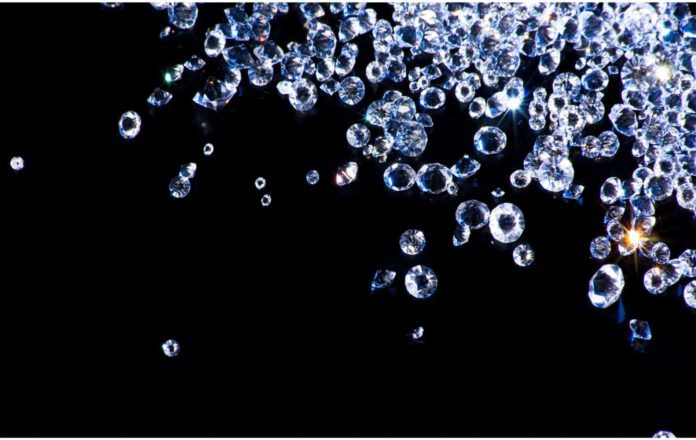
Even in space, where an array of peculiar phenomena consistently occur, diamond rain has long been considered quite extraordinary. However, recent studies suggest that it may be far less rare than previously thought. In fact, it’s believed that this unusual meteorological phenomenon may take place on at least 1,900 exoplanets.
Astronomers have come to this conclusion after conducting experiments on Earth. These studies are now implying that diamonds can form at much lower temperatures than traditionally assumed, suggesting that diamond rain on the icy planets of our cosmos could potentially be quite a common occurrence.
Carbon’s Transformations: From Confusion to Understanding
Carbon, the essential component in diamonds, requires high pressure and intense heat to transform into a diamond. But until recently, there was some confusion around exactly how much pressure and heat were required for the element to undergo this metamorphosis on icy planets like Uranus and Neptune.
To explore this transformation, scientists have traditionally relied on two types of experiments. The first method involves subjecting carbon to a sudden shock to compress it. The second option is to place carbon components in a space and compress them slowly. Traditionally, the first method seemed to require higher temperatures and more pressure to form diamonds.
A New Approach
In a recent experiment, scientists at the SLAC National Accelerator Laboratory in California, led by researcher Mungo Frost, attempted to combine these two approaches. Their method involved compressing polystyrene – the same polymer used to make Styrofoam – between two diamonds, and then heating it with X-ray light. The team observed that diamonds began to form from the polystyrene at temperatures of around 2200 degrees and a pressure of around 19 gigapascals, conditions similar to those in the superficial interiors of Uranus and Neptune.
This finding suggests that diamond formation could occur under much lower pressures than previously thought, based on the shock-compression method. The reaction was slower than in previous experiments, which could explain why diamond formation under lower pressure was not noticed before. “It didn’t match previous results, and we didn’t expect to see it, but it actually fit well and kind of brought everything together,” explains Frost. “It all seems to have to do with different timescales.”
Diamond Rain on Exoplanets
So, what does all of this have to do with diamond rain on exoplanets? Quite a lot, it turns out. The implications of these findings suggest that diamond rain could also occur on smaller planets, a phenomenon once thought impossible. Of the 5,600 known exoplanets, it could rain diamonds on over a third, more than 1,900 of them.
Furthermore, within our solar system, diamonds can form at depths far less profound than previously thought. This discovery could potentially alter our understanding of the internal dynamics of large planets. If diamonds are formed at lesser depths, the resulting diamond rain could penetrate through a layer of ice as it descends towards the core of these planets. This might impact the magnetic fields of these icy worlds, about which we still have much to learn. Therefore, this fascinating discovery might raise more questions than it answers.











